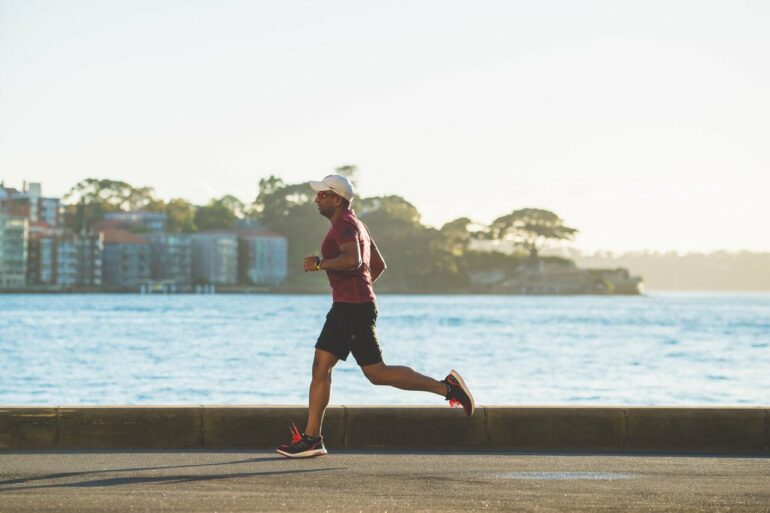Regular physical activity is linked to a lower risk of COVID-19 infection and severity, including hospital admission and death, finds a pooled data analysis of the available evidence, published online in the British Journal of Sports Medicine.
A weekly tally of 150 minutes of moderate intensity, or 75 minutes of vigorous intensity, physical activity seems to afford the best protection, the analysis suggests.
Previous research suggests that physical activity can lessen both the risk of infection and the severity of respiratory infections due, at least in part, to its ability to bolster the immune system.
The link between regular physical activity and COVID-19 severity is poorly understood, but probably involves both metabolic and environmental factors, say the researchers, who set out to try and quantify the threshold of physical activity that might be needed to lessen the risks of infection and associated hospital admission and death.
They searched 3 major research databases for relevant studies published between November 2019 and March 2022, and from an initial haul of 291, pooled the results of 16.
The studies included a total of 1,853,610 adults, just over half of whom (54%) were women. The average age of participants was 53.
Most of the studies were observational and were carried out in South Korea, England, Iran, Canada, the UK, Spain, Brazil, Palestine, South Africa and Sweden.
The pooled data analysis showed that, overall, those who included regular physical activity in their weekly routine had an 11% lower risk of infection with SARS-CoV-2, the virus responsible for COVID-19.
They also had a 36% lower risk of hospital admission, a 44% lower risk of severe COVID-19 illness, and a 43% lower risk of death from COVID-19 than their physically inactive peers.
The maximum protective effect occurred at around 500 Metabolic Equivalent of Task (MET) minutes a week, after which there were no further improvements.
METS express the amount of energy (calories) expended per minute of physical activity, and 500 of them are the equivalent of 150 minutes of moderate intensity, or 75 minutes of vigorous intensity, physical activity.
The researchers caution that the analysis included observational studies, differing study designs, subjective assessments of physical activity levels, and concerned only the Beta and Delta variants of SARS-CoV-2 rather than Omicron, all of which may weaken the findings.
But there are plausible biological explanations for what they found, they say. Regular moderate-intensity exercise may help to boost the body’s anti-inflammatory responses, as well as cardiorespiratory and muscular fitness, all of which may explain its beneficial effects on COVID-19 severity, they suggest.
They conclude: “Our findings highlight the protective effects of engaging in sufficient physical activity as a public health strategy, with potential benefits to reduce the risk of severe COVID-19.
“Given the heterogeneity and risk of publication bias, further studies with standardized methodology and outcome reporting are now needed.”
More information:
Physical activity and risk of infection, severity and mortality of COVID-19: a systematic review and nonlinear dose–response meta-analysis of data from 1 853 610 adults, British Journal of Sports Medicine (2022). DOI: 10.1136/bjsports-2022-105733
Provided by
British Medical Journal
Citation:
Regular physical activity linked to lower risk of COVID-19 infection and severity (2022, August 22)



